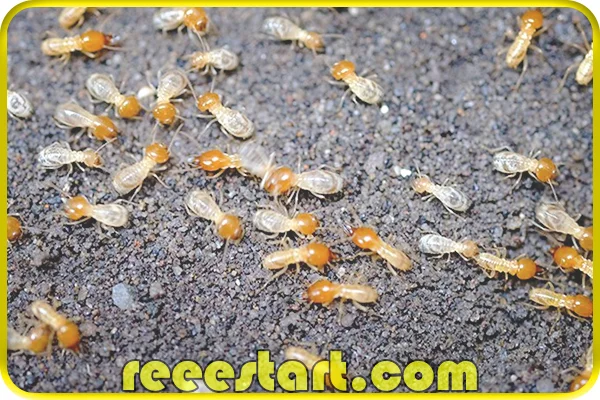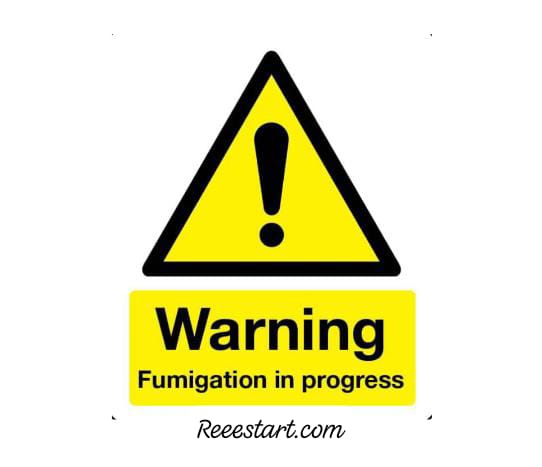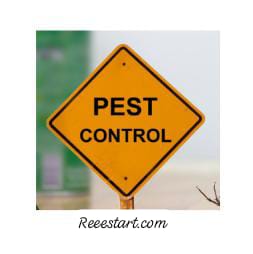Termites, often referred to as “silent destroyers”, are notorious for their ability to cause significant damage to buildings and structures, These insects thrive in various environments but are particularly aggressive during specific times of the year, Understanding how to Detecting termite infestations can save homeowners and building managers from costly repairs and structural damage.
Detecging Termite Infestations
There are common signs of Termite Infestations include thd following:
- Mud tubes, These are thin, tunnel-like structures built by termites to travel between their nest and food source.
- Swarmers, These are winged termites that emerge from the colony to mate and start new colonies.
- Hollow-sounding wood, If you tap on wood and it sounds hollow, it may be infested with termites.
- Damaged wood, Look for blistering, peeling paint, or wood that is crumbling.
- Discarded wings, After swarming, termites shed their wings, which can be found near windows or doors.
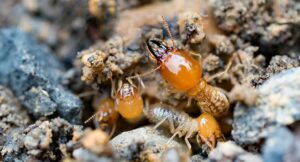
Seasonal Swarms and Migration Patterns
During the spring, large numbers of winged termites, known as swarmers, emerge in search of new nesting sites. This seasonal behavior is prompted by changes in temperature and environmental conditions. As they search for food sources and suitable places to establish colonies, these termites may invade homes and other structures. The migration is often a response to unsuitable climatic conditions, pushing these insects to relocate to environments more conducive to their survival and reproduction.
Establishing New Colonies
Upon finding an appropriate environment, termite swarms initiate the mating process, leading to the formation of new colonies typically within the soil. These colonies can grow rapidly, and the presence of a single swarm can be indicative of a much larger, hidden problem, Early detection and intervention are crucial to managing and mitigating termite damage.
Methods to Detect Termite Infestations
You can find the most effecgive Methods to Detecting Termite Infestations:
Comprehensive Home Inspection
A thorough inspection involves examining every nook and cranny of a house. Specialized tools like moisture meters and infrared cameras can be employed to detect moisture and heat patterns indicative of termite presence.
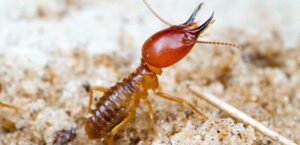
Identifying Termite Droppings
Termite droppings, or frass, are a key indicator of their presence. Unlike wood shavings that are uniform in color, termite droppings are varied in both color and shape, resembling fine wood particles but with a distinct texture and formation.
Wood Debris Presence
Termites leave behind a fine powder, often referred to as sawdust, which can be found on surfaces, around window frames, and near household appliances. This residue is a byproduct of their burrowing activities.
Drywood Termites’ Habits
These termites prefer to make their homes within wooden structures themselves, inhabiting holes and voids throughout a house. While these holes don’t necessarily indicate the full extent of an infestation, they confirm the presence of termites within the structure.
Subterranean Termites’ Mud Tubes
Subterranean termites construct mud tubes made from soil and their saliva. These tubes provide protection from the elements as they traverse from their nests to food sources. Finding these tubes is a strong indicator of an infestation.
Structural Wood Damage
Termites consume wood from the inside out, often leaving a thin veneer of wood intact while hollowing out the interior. This damage results in a hollow sound when the wood is tapped and is accompanied by wood particles or frass.
Mud Tunnels on Trees and Wooden Structures
Termites can create protective tunnels to travel between their nests and food sources. These tunnels are made from bonded soil particles and saliva, ensuring they are shielded from sunlight and predators.
Additional Detection Techniques
- Earthen Pathways
Noticing earthen tunnels or pathways on the ground or walls can be a clear sign of termite activity, as these insects prefer a humid, subterranean environment that provides moisture and food.
- Inspecting Damp and Wet Wood
Wood that is in direct contact with soil, such as foundations, can be a primary entry point for termites. Regular inspection of these areas for signs of damage or moisture buildup is essential.
- Auditory Cues
During quiet times, especially at night, the sound of termites chewing through wood can resemble soft crackling noises, akin to the sound of burning wood.
- Erosion of Wooden Floors and Structures
Wooden floors, such as parquet, may begin to show signs of erosion, revealing soil underneath. Similarly, wood adjacent to walls—like cabinets, beds, chairs, windows, and ceilings—may also show signs of decay and damage.
- Mud Layers on Plants and Structures
Termites can build mud tunnels on tree trunks and cover the lower parts of trees with soil, indicating their presence.
- Damaged Storage Materials
In storage areas like silos, warehouses, and storerooms, termites can cause sacks and bags to stick to the ground and tear, an indication of their activity in such environments.
Detecting termite infestations early requires a combination of vigilant observation and professional inspection techniques. By understanding the signs and employing comprehensive methods for detection, property owners can prevent extensive damage and maintain the structural integrity of their buildings. Regular inspections, combined with prompt intervention, can effectively manage and mitigate termite-related risks.

